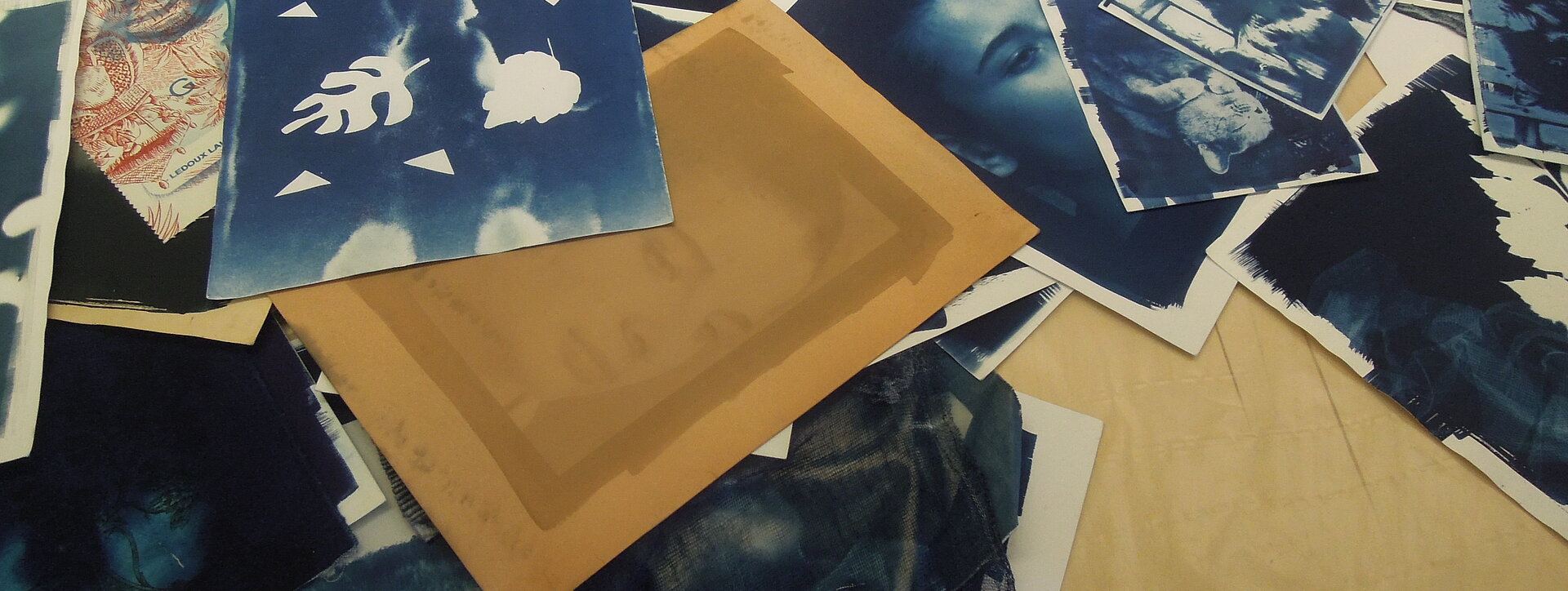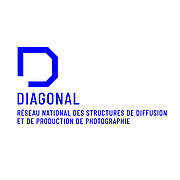Cyanotype
Objectives
- Try your hand at an old photographic printing technique invented in 1842 by the English astronomer and scientist Sir John Herschel.
- Get a better understanding of the specific notions relating to an image: values, movement, composition and how to highlight graphic elements.
- Develop a critical eye by expressing your creativity: when, why and how to modify an image, which tools to use and adding colour.
Who’s it for?
Free to attend (registration required).
Open to all.
Description
The cyanotype, discovered in 1842 by the English scientist Sir John Herschel, is a photographic printing process that produces monochromatic cyan blue images. This simple process only requires two chemical solutions prepared with water, ferric ammonium citrate and potassium ferricyanide, which are mixed together and then applied onto a thick sheet of paper or any other absorbent surface. The resulting paper is sensitive to ultraviolet light. Exposure to UV light reduces the iron (III) compounds into iron (II) and a chemical reaction changes their colour from a greenish yellow to blue.
This technique can be used to make contact prints using a negative on a transparency film, or to make photograms by placing objects or plants directly on the photosensitive paper. After exposing the paper to a source of UV light (either by placing it in sunlight or in a UV lightbox), the cyanotype is washed in clean water and dried to fix the print.



